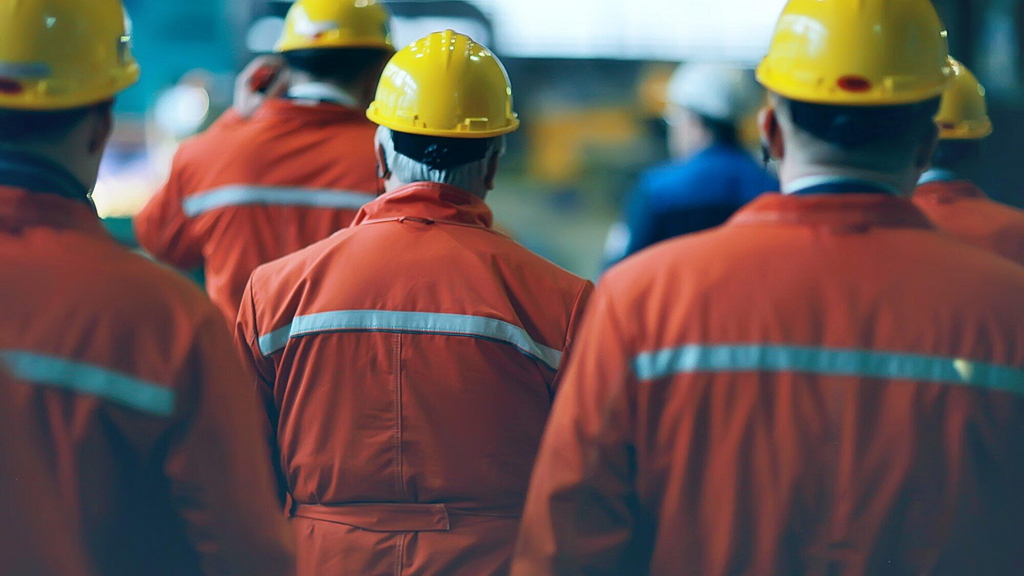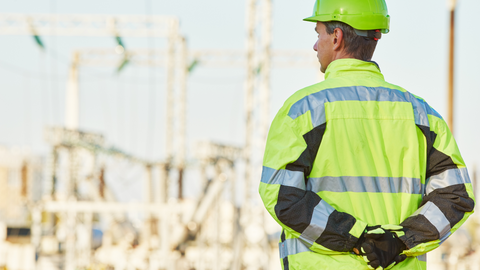Safety via Compliance: A Look at Standards for Hi-Vis Clothing

In 2022, over 2.8 million Americans were injured or got sick on the job. A further 5,486 lost their lives. These statistics show how dangerous simply going to work can be.
Of course, a 100% accident-free workplace is impossible to achieve. Yet employers need to do everything they can to keep their workers safe, and in many industries, that means wearing hi-vis clothing.
The regulations for high-visibility clothing are interesting and are based on two sets of standards. Let's take a closer look at what those standards involve and how compliance can protect your workers.
What Is Hi-Vis Clothing?

Hi-vis is short for high-visibility clothing. This apparel is designed to stand out in various lighting conditions. There are different classes of hi-vis clothing depending on the level of traffic exposure in the workplace.
Hi-vis clothing is also available in a wide range of colors. However, the most common hi-vis colors are fluorescent yellow-green and orange, and these are the colors the high visibility standards focus on.
OSHA High-Visibility Standards

The cornerstone of worker safety in the United States is the Occupational Safety and Health Act of 1970. Commonly known as the OSHA Act, this empowers the Occupational Safety and Health Administration (OSHA) to oversee workplace safety standards and compliance.
OSHA sets out an overarching principle that encompasses the need to use hi-vis clothing, along with a few specific standards. Section 5(a)(1) of the OSHA Act states that employers must ensure their workplace is free from hazards that are likely to cause injury or death to their employees.
This is often called the general duty clause. It highlights that employers have to take proactive steps to protect their workers. Because hi-vis clothing is an essential tool for worker safety, it can help employers meet their obligations.
Introducing the American National Standard

While OSHA does not provide specifics about hi-visibility clothing, the American National Standard for High-Visibility Safety Apparel (ANSI/ISEA 107) does.
History of the Standard
The ANSI/ISEA 107 standard was developed by the American National Standards Institute (ANSI). It collaborated with the International Safety Equipment Association (ISEA) to create standards that ensure consistency across all US industries.
Key Components
The ANSI/ISEA 107 standard requires that hi-vis clothing stays visible under a range of lighting conditions. The goal is that workers are highly visible, reducing the risk of collisions. This directly relates to the OSHA requirement to remove hazards that could cause injuries or death.
It also establishes the minimum area that must be covered by fluorescent material. To do this, it sets out a classification system. This categorizes clothing based on exposure to traffic, with the goal of keeping risk to a minimum.
Extra Considerations
Simply following the ANSI/ISEA 107 standard may not be enough to meet an employer's OSHA requirements in all situations. Some industries have their own requirements for hi-vis colors.
For example, if workers are going to be working against a yellow background, yellow high-visibility clothing will provide less protection. Therefore, employers may require blue or red vests to ensure employees stand out against the yellow background.
Training is also essential. Each worker should have training, so they know which type of hi-vis clothing to use in different workplace situations. They also need to know how to wash and care for hi-vis clothing so that it remains effective.
Hi-Vis Classifications
There are three classes of hi-vis clothing set out in ANSI/ISEA 107. Each class requires a greater amount of reflective material than the last.
Class 1
Class 1 high-visibility clothing must have 217 square inches of fluorescent background material and 155 square inches of reflective tape. It is classed as Type O-for off-road use only.
This hi-vis apparel is ideal for indoor workers, those who retrieve shopping carts, work in factories or warehouses or work in the oil and gas industry. It features the smallest amount of reflective material of all the classes.
Class 2
Class 2 hi-vis clothing requires 755 square inches of fluorescent material. The retroreflective material must equal at least 201 square inches. There are two types of class 2 garments - type R and type P.
Type R is designed for roadway situations. It is perfect for road construction workers or transport applications that require workers to come into close contact with moving vehicles.
Type P is for public safety situations. Police officers, firefighters, and EMS all wear these types of vests. The police typically wear shorter vests to allow them to access firearms more quickly.
Workers who wear class 2 hi-vis clothing have jobs that allow them to concentrate on and avoid hazards. However, if in doubt, you will not be breaking high-visibility standards by wearing a class 3 garment in a class 2 setting!
Class 3
To meet OSHA requirements, Class 3 hi-vis clothing must be visible at a distance of 1,280 feet. The fluorescent background material must be 1,240 square inches, and reflective tape must cover 310 square inches.
Class 3 is for the most dangerous occupations. It's for times when you will be in close proximity to vehicles moving at high speed. Think freeway repairs and similar dangerous occupations.
Also, DOT workers and flaggers, who have to give their full attention to the job, should always wear class 3 hi-vis clothing.
Available Clothing Options
Although vests are the most common type of hi-vis clothing, there are many other products available. For example, ANSI Class 3 hoodies and sweatshirts can keep you visible and warm. They're also perfect for runners and cyclists who need to be visible in low-light conditions.
A jacket is another great option that provides outstanding visibility and protection. Again, they are available in different classes, so you are suitably protected wherever you're working.
Keep Safe with Hi-Vis Clothing
Hi-vis clothing is essential for meeting OSHA requirements. It makes your workers visible whether they're in the warehouse or working close to road traffic. Hi-vis clothing comes in a huge range of styles, so there's something for every industry.
At Hi-Viz.com, we have a wide range of vests in ANSI Classes 1, 2, and 3. We also stock a variety of hi-vis colors and enhanced visibility vests to keep your workers safe in different settings.
Click here to check out our hi-vis safety vests range today!
